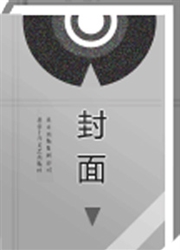

 中文摘要:
中文摘要:
采用小型卧式行星磨粉磨水泥熟料,在不同行星因子和入料粒级的条件下,研究粉磨后粉体的粒度分布和粉磨能耗理论。结果表明:所得产物粉体粒度分布符合RRSB(Rosin-Rammler-Schuhmann-Bennett)分布,粉体的均匀性系数约为0.8;当行星因子为14并且粉磨120 s时,80μm筛余质量分数小于10%,45μm筛余质量分数小于30%,粒度分布符合国家标准GB 175—2007要求,此时单位产量能耗为332 J/g;通过对粒度与能耗的关系进行曲线拟合,得到粉碎功指数为1.999 36,数值接近雷廷格粉碎功指数,比表面积增加量与粉磨能耗呈线性关系;在不同行星因子时的雷廷格粉磨能耗理论均适用于卧式行星磨。
 英文摘要:
英文摘要:
A self-designed horizontal planetary ball mill was used to grind cement clinker. The particle size distribution and grinding energy consumption theory were studied in different planetary factors and feeding granularities. The results show that the particle size distribution of product powders is complied with RRSB(Rosin-Rammler-Schuhmann-Bennett)particle size distribution. The uniformity coefficient of cement powders is at about 0.8. When the planetary factor is 14 and grinding for 120 s,the mass fraction of powders with particle size larger than 80 and 45 μm is respectively less than 10% and 30%. The particle size distribution of product powders meets the national standard of GB 175—2007,and the energy consumption for unit output is 332 J/g. After fitting the curve of relationship between particle size and energy,it is obtained that the grinding work index becomes to 1.999 36,which approaches to von Rittinger grinding work index. The increase of specific surface area is linear to the energy consumption. The von Rittinger grinding energy consumption theory with different planetary factors applies to the horizontal planetary mill.
 同期刊论文项目
同期刊论文项目
 同项目期刊论文
同项目期刊论文
 期刊信息
期刊信息
